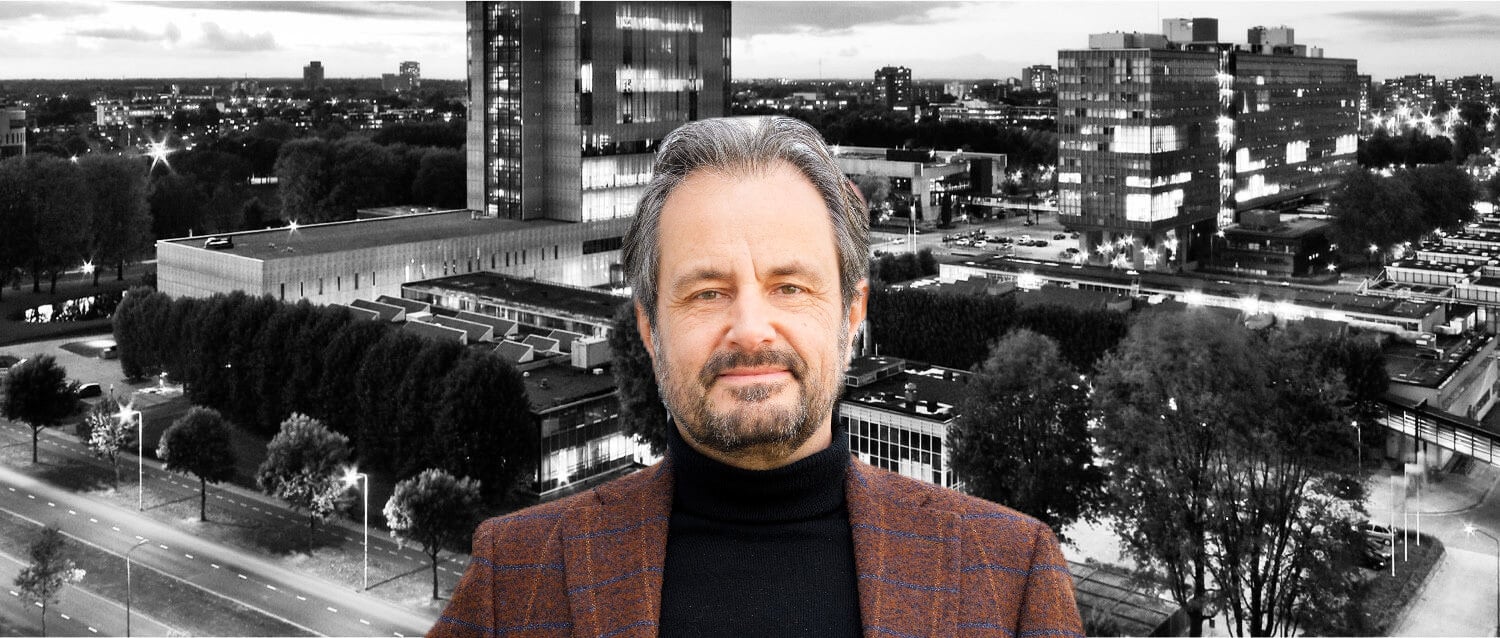
Tomorrow is good.
 In a weekly column, alternately written by Lucien Engelen, Maarten Steinbuch, Carlo van de Weijer and Daan Kersten, E52 tries to find out what the future will look like. All four contributors are – in addition to their ‘normal’ groundbreaking work – linked to the SingularityU The Netherlands, the organization that focuses on spreading knowledge about technologies that can provide solutions to the problems of our time. This Sunday, it’s Carlo van de Weijer‘s turn.
In a weekly column, alternately written by Lucien Engelen, Maarten Steinbuch, Carlo van de Weijer and Daan Kersten, E52 tries to find out what the future will look like. All four contributors are – in addition to their ‘normal’ groundbreaking work – linked to the SingularityU The Netherlands, the organization that focuses on spreading knowledge about technologies that can provide solutions to the problems of our time. This Sunday, it’s Carlo van de Weijer‘s turn.
By Carlo van de Weijer
Car manufacturers are currently in a rat race for the most autonomous car. At Eindhoven University of Technology, we’re working with dozens of researchers on the subject. Autonomous technology will make driving even more enjoyable and the journey more productive. Just two reasons why more people will switch from train to car, but that’s for another column. And autonomous functions in a car make driving safer, especially now we appear to be occupied with other things than driving. Long live the smartphone, short live the driver.
When discussing autonomous driving, most people don’t think about a car that will take over part of the journey, but about the really, fully autonomous car, the driverless version. The car on which Google is working for years already: a horizontal elevator, you step in at one place and get out somewhere else, you don’t need a driver’s license, no functioning eyes, there is no need to be sober, a car doesn’t even need driver at all. This idea, which according to many envisions the future shape of public transport, is currently in a very interesting and crucial stage. The key question that requires the most complex Artificial Intelligence: how can you let a car break the law?
That may sound paradoxical. A fully autonomous car is seen as extremely safe, partly because it never violates the law. But does this work in daily life? Most people do not have the patience to drive behind someone who fully complies with the law for very long, and we accept that such a situation asks for a little disobedience. If you are driving on a stretch of road where overtaking is forbidden, you still just have to cross the double line sometimes – for example when you are behind a cyclist, or if a delivery truck is blocking the street. You would not want to delay the traffic unnecessarily, would you? Moreover, a city simply can’t be crossed without regularly interpreting the law with some flexibility. By taking priority against the rules, passing a cyclist with too little space in between or just using a piece of sidewalk for a few seconds in order to avoid a parked car.
And here we get a fundamental point: Will a manufacturer ever be programming ‘naughty’ software into a car? A growing number of scholars sees that as a basic block for the introduction of fully autonomous vehicles, so I think that somehow the real smart car will be the one that institutionalises “colouring outside-the-lines” in order to function correctly.
When considering all this I saw a clear parallel to how companies operate in practice. A company can indeed be shut down with a work-to-rule action of its employees, a feared weapon of the unions. That says it all. And even more so: the only way to really innovate your business is to allow colouring outside the lines. All necessary innovation takes place outside the lines; for this, a company must have creativity and resilience as well.


